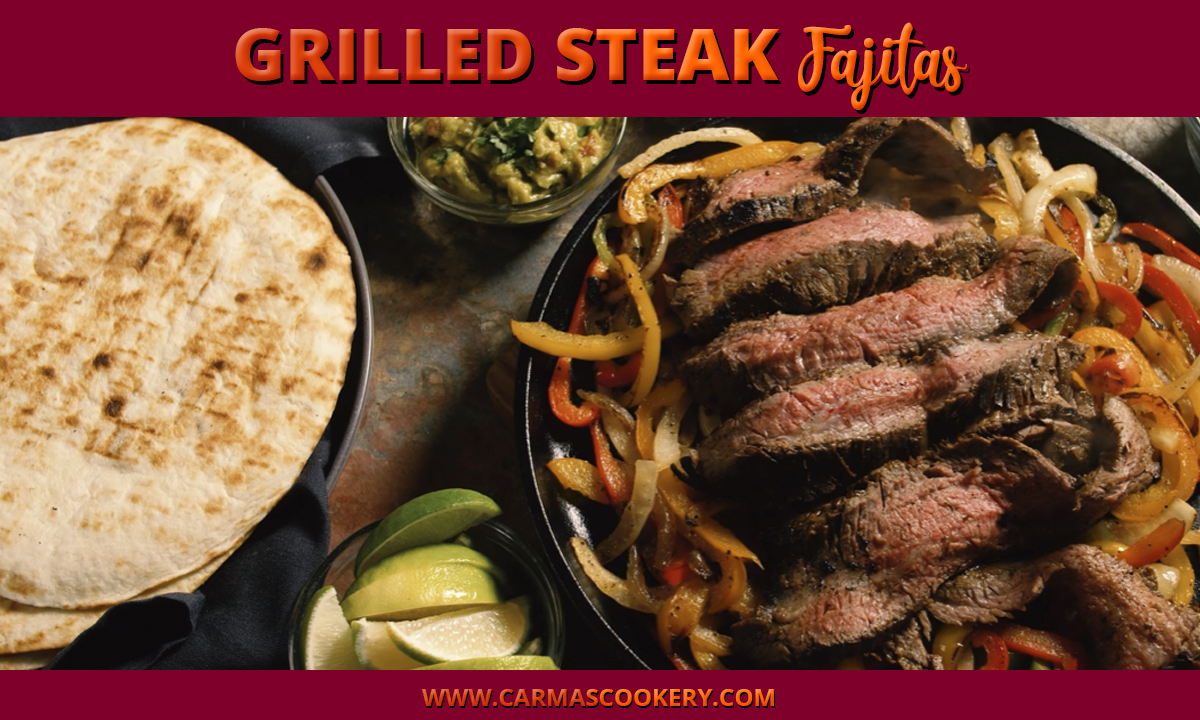This is a sad time for restaurant-loving foodies, but even more so for the owners of those food-service-based businesses. It has now been six months since restaurants were forced to shut down due to the coronavirus pandemic. According to a new survey released yesterday by the National Restaurant Association, nearly 1 in 6 restaurants (representing nearly 100,000 restaurants) is closed either permanently or long-term; nearly 3 million employees are still out of work, and the industry is on track to lose $240 billion in sales by the end of the year.

“For an industry built on service and hospitality, the last six months have challenged the core understanding of our business,” said Tom Bené, President & CEO of the National Restaurant Association (NRA). “Our survival for this comes down to the creativity and entrepreneurship of owners, operators, and employees. Across the board, from independent owners to multi-unit franchise operators, restaurants are losing money every month, and they continue to struggle to serve their communities and support their employees.”
Some restaurants have been able to pivot and offer delivery or curbside takeout services. Others have been able to open at reduced capacity. But not all restaurants are able to pivot, in part because they would end up losing more money than they already are by being closed.
Have you been to a dining room lately? Many of the tables are marked off as not available to maintain social distancing. In some places, tables are stacked in the corner, as well. Some restaurants have invested in barriers between booths and tables. All that I’ve seen have implemented disinfecting protocols which can increase employee time while reducing customer time.
The NRA survey, which asked restaurant operators about the six-month impact of the pandemic on their businesses, found that overwhelmingly, most restaurants are still struggling to survive and don’t expect their position to improve over the next six months. The findings include:
- Consumer spending in restaurants has remained well below normal levels in August. Overall, sales were down 34% on average.
- 60% of operators say their restaurant’s total operational costs (as a percent of sales) are higher than they were prior to the COVID-19 outbreak.
- On average, restaurant operators say their current staffing levels are only 71% of what they would typically be in the absence of COVID-19.
- In a recent consumer survey, 56% of adults said they are aware of a restaurant in their community that permanently closed during the pandemic.
The survey also found that 40% of operators think it is unlikely their restaurant will still be in business six months from now if there are no additional relief packages from the federal government. The Association highlighted this for Congress and the Trump Administration in a letter sent yesterday, asking them to use bipartisan support to pass small business programs in stand-alone bills.
“This survey reminds us that independent owners and small franchisees don’t have time on their side,” said Sean Kennedy, executive vice president of Public Affairs for the Association. “The ongoing disruptions and uncertainty make it impossible for these owners to plan for next week, much less next year.”
Before the lockdown, “the foodservice industry was the nation’s second-largest private-sector employer and pumped more than $2 trillion into the economy,” said Kennedy.
The association has developed recommendations for the revival of the industry. You can read about them on their website.
To read more restaurant news content on this site, go to the “Restaurant News & Reviews” section. I also have a section on “The Business of Food.”



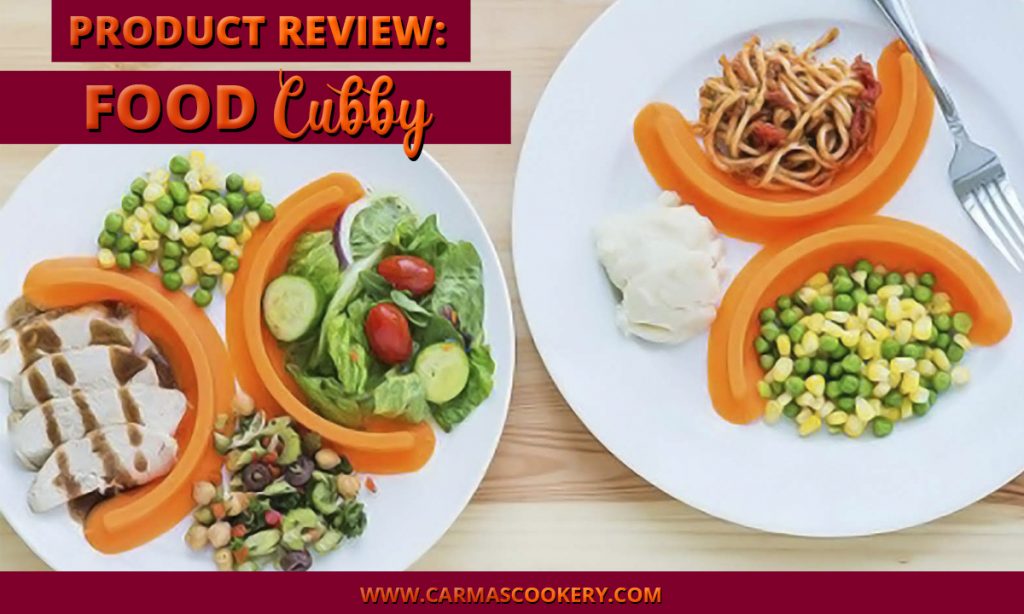
 [/one_third]
[/one_third]

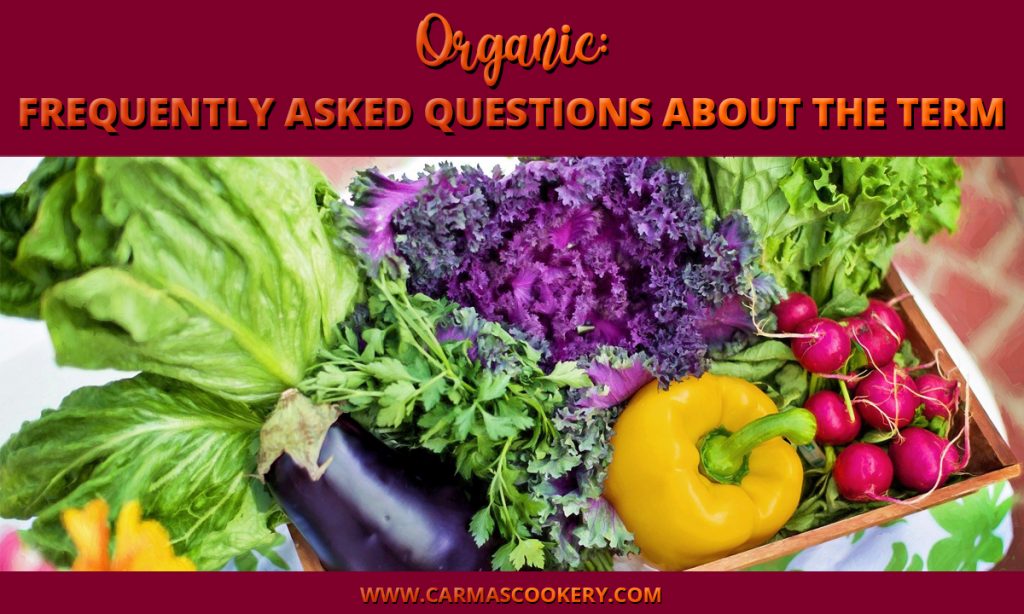

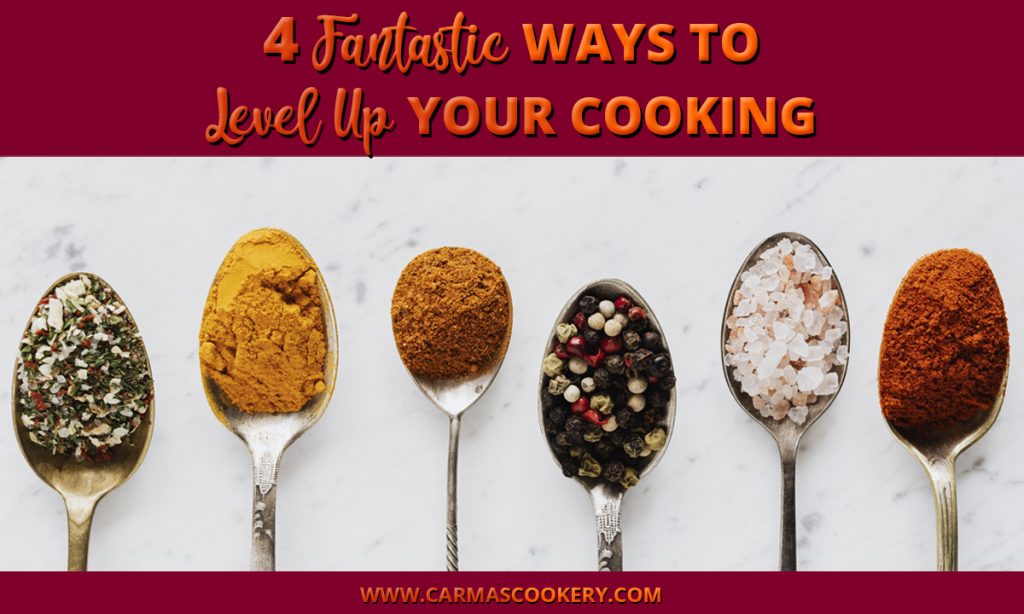

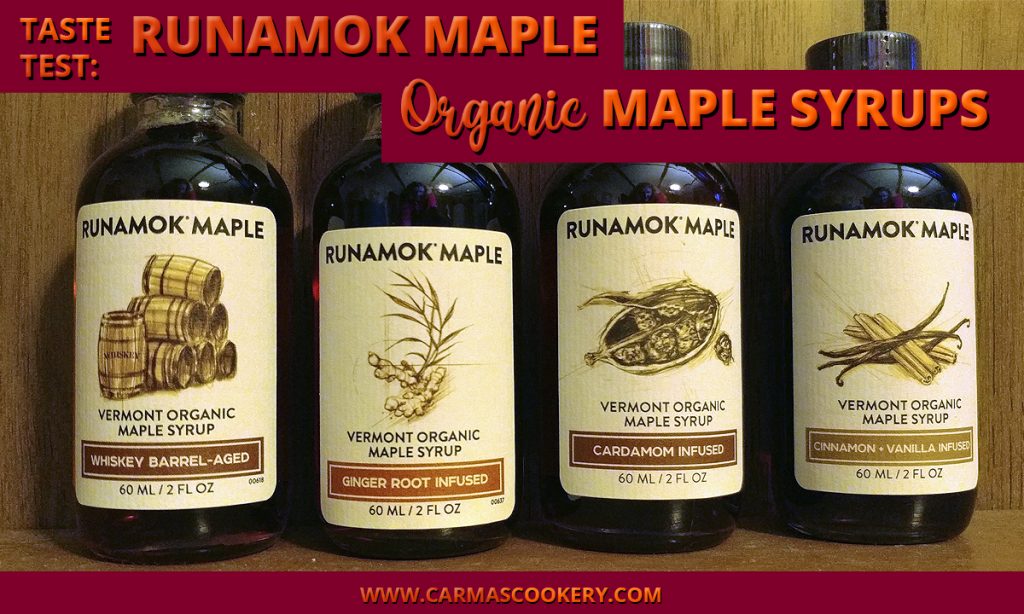
 [/one_fifth]
[/one_fifth]
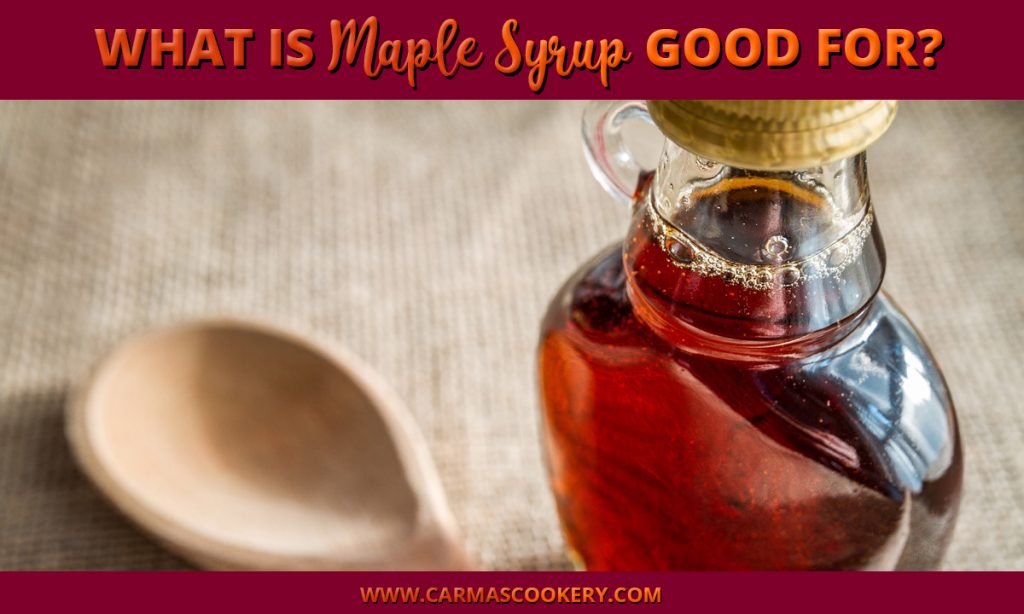
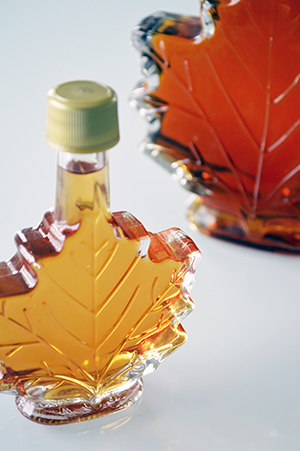 Although maple syrup makes a great breakfast syrup, it can also be used for other things. Here is a list of 10 of them. I hope it inspires your own creative uses.
Although maple syrup makes a great breakfast syrup, it can also be used for other things. Here is a list of 10 of them. I hope it inspires your own creative uses.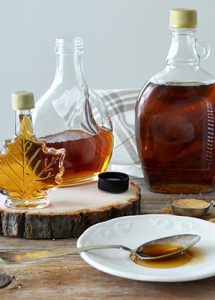 The syrup of maple is not only good for sweetening things up, it can be part of a healthy lifestyle, too. It contains several nutrients which provide benefits to the body, including:
The syrup of maple is not only good for sweetening things up, it can be part of a healthy lifestyle, too. It contains several nutrients which provide benefits to the body, including: